BGS releases first in a series of new offshore maps of the UK seabed
BGS has released the first high-resolution, offshore map in a new series featuring the seabed around the UK.
06/04/2022 By BGS Press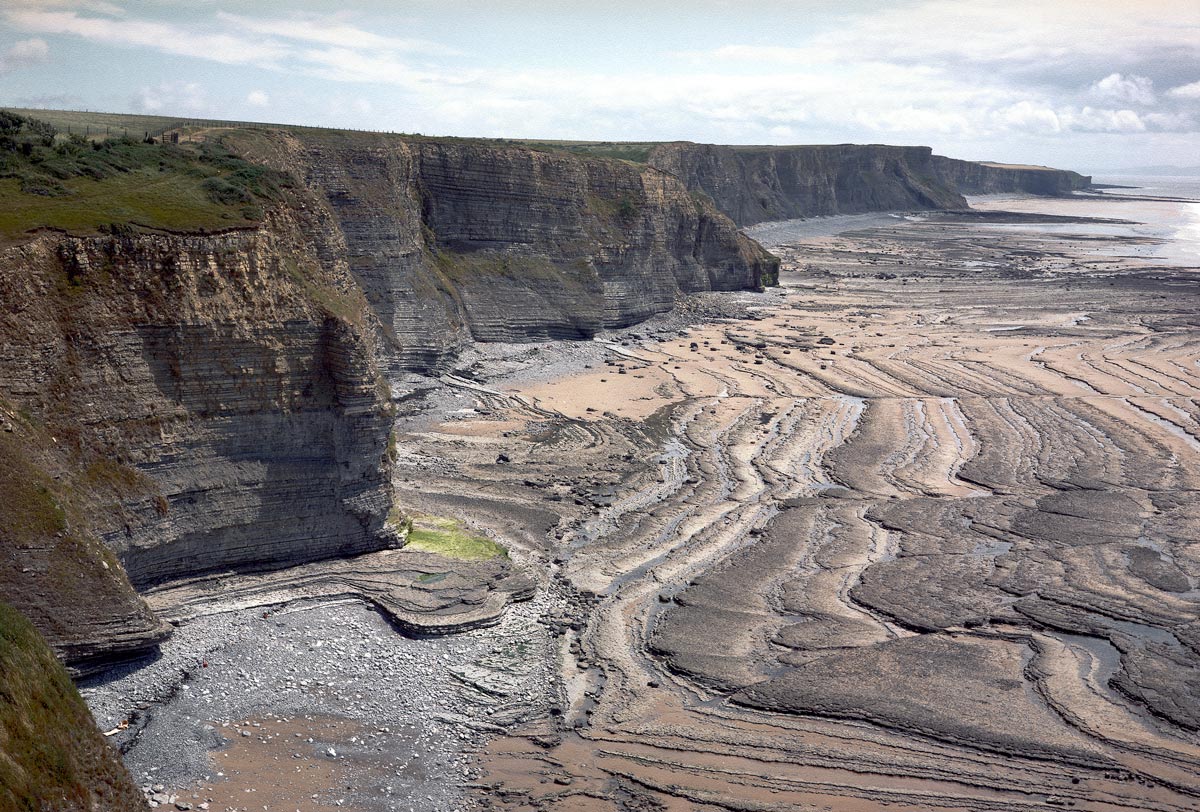
New combined bedrock, sediment, bedrock structure and seabed geomorphology maps are available from BGS under the fine-scale maps section of the Offshore GeoIndex and are designed to be viewed at 1:10 000 scale or online as downloadable shapefiles.
Based primarily on data produced by UK Civil Hydrography Programme of the Maritime and Coastguard Agency and made available by the UK Hydrographic Office, they are of relevance to offshore developers who require a detailed understanding of the geology of the seabed. The maps include bathymetry data, backscatter imagery, grab samples and other existing datasets such as seismic, marine conservation zones, sediment texture sheets and existing 1:250 000-scale geological maps.
As the UK’s transition to renewable energy gathers pace, these maps will become increasingly valuable to industry and stakeholders with an interest in developing clean energy, from offshore wind to tidal streaming, and in carbon capture and storage.
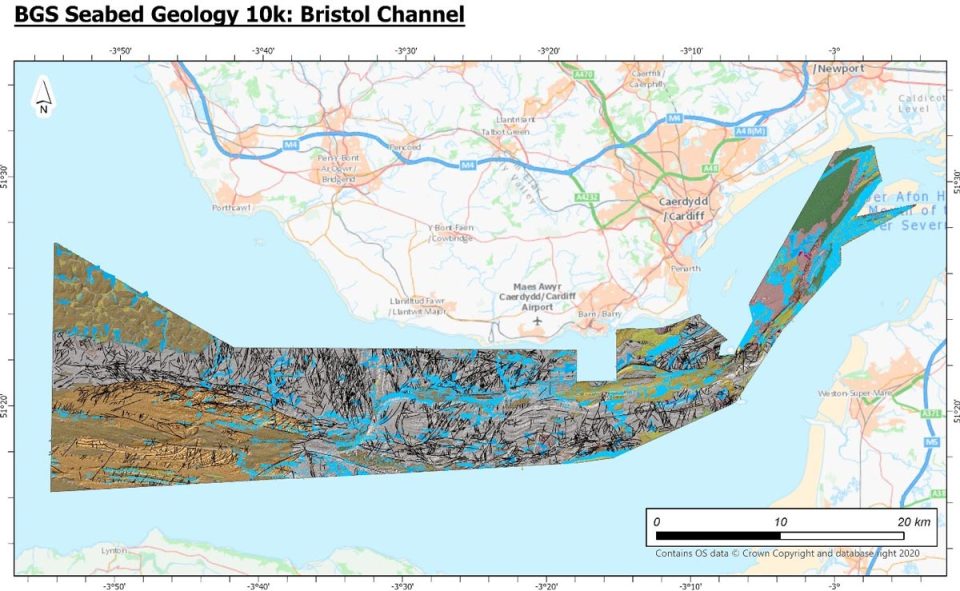
Extent of the new Bristol Channel map. Contains OS data © Crown Copyright and database right 2020. The derived bathymetric layer was produced from Maritime and Coastguard Agency (MCA) data © Crown copyright. Not to be used for navigational purposes.
The first area to be published this month features a central section of the Bristol Channel, from Swansea Bay to Newport, which is home to the second largest tidal range in the world. The high-energy environment of the channel has attracted much interest in recent years for the use of the seabed for tidal power schemes, including tidal power schemes that have the potential to produce electricity from wave energy.
Adopting renewable energy and technologies requires a deep understanding of the seabed and so developers have a growing need for access to bathymetric data, enabling more detailed observations of seabed geomorphology that are central to such evaluations.
As well as being of use to offshore developers, the release of our new maps will benefit all kinds of applications: marine spatial planning, technological research and development, fishery resource management, environmental impact studies and climate change models, providing evidence for policy and decision makers.
Prof Emrys Phillips, BGS Quaternary and Glacial Scientist.
While mapping the seabed has been a major challenge for marine geoscientists over the years, the development in acoustic technologies has allowed for the collection of more, and much better resolution, data in much less time.
BGS has plans to release a suite of high-resolution maps in the future, including offshore Anglesey, Yorkshire and East Anglia, and further areas will be added to BGS GeoIndex Offshore as its marine mapping programme progresses.
This is a great example of using the excellent high quality freely available data collected under the CHP for a different reason from its original purpose and gaining extra geological insights and value from the data.
Mary Mowat, BGS Marine Data Manager
Relative topics
Related news
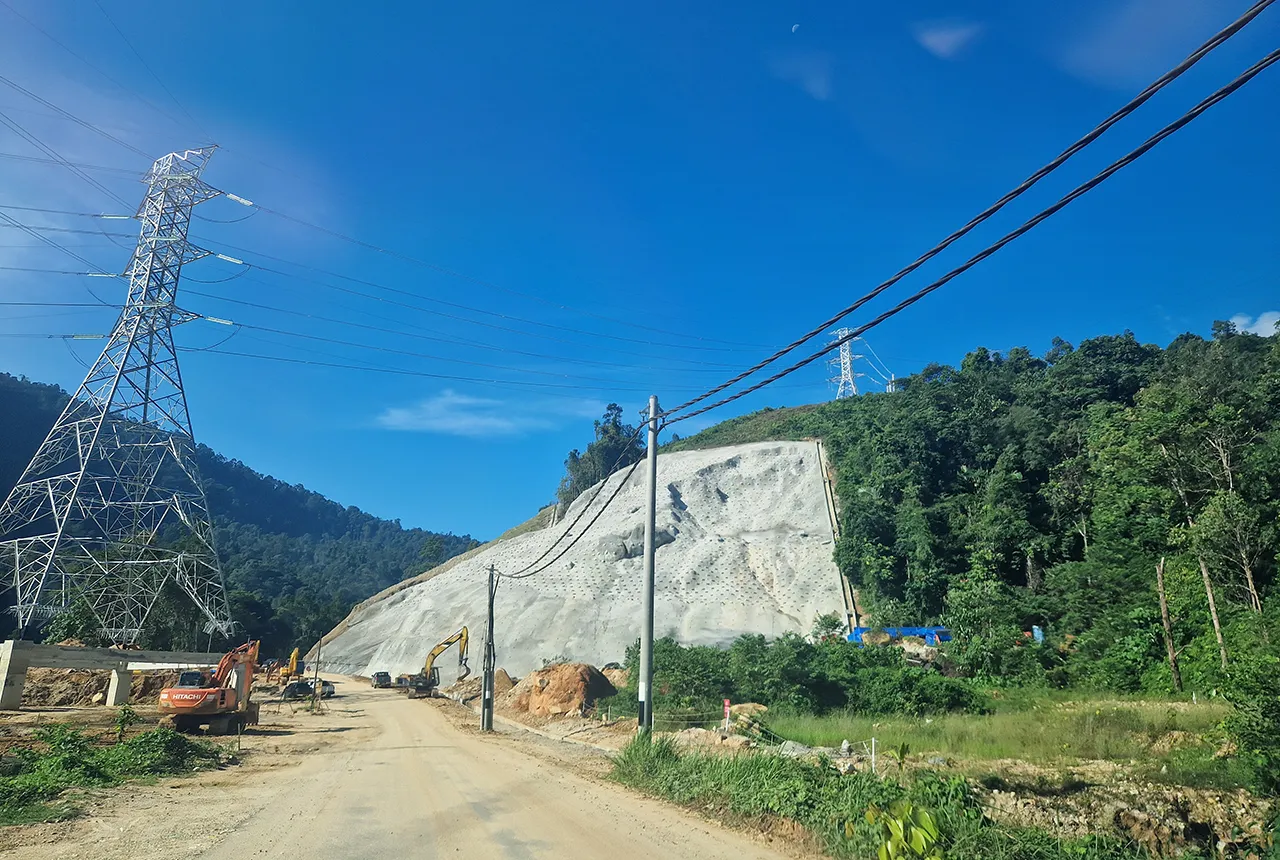
BGS awarded funding to support Malaysia’s climate resilience plan
17/12/2025
The project, funded by the Foreign, Commonwealth & Development Office, will focus on minimising economic and social impacts from rainfall-induced landslides.
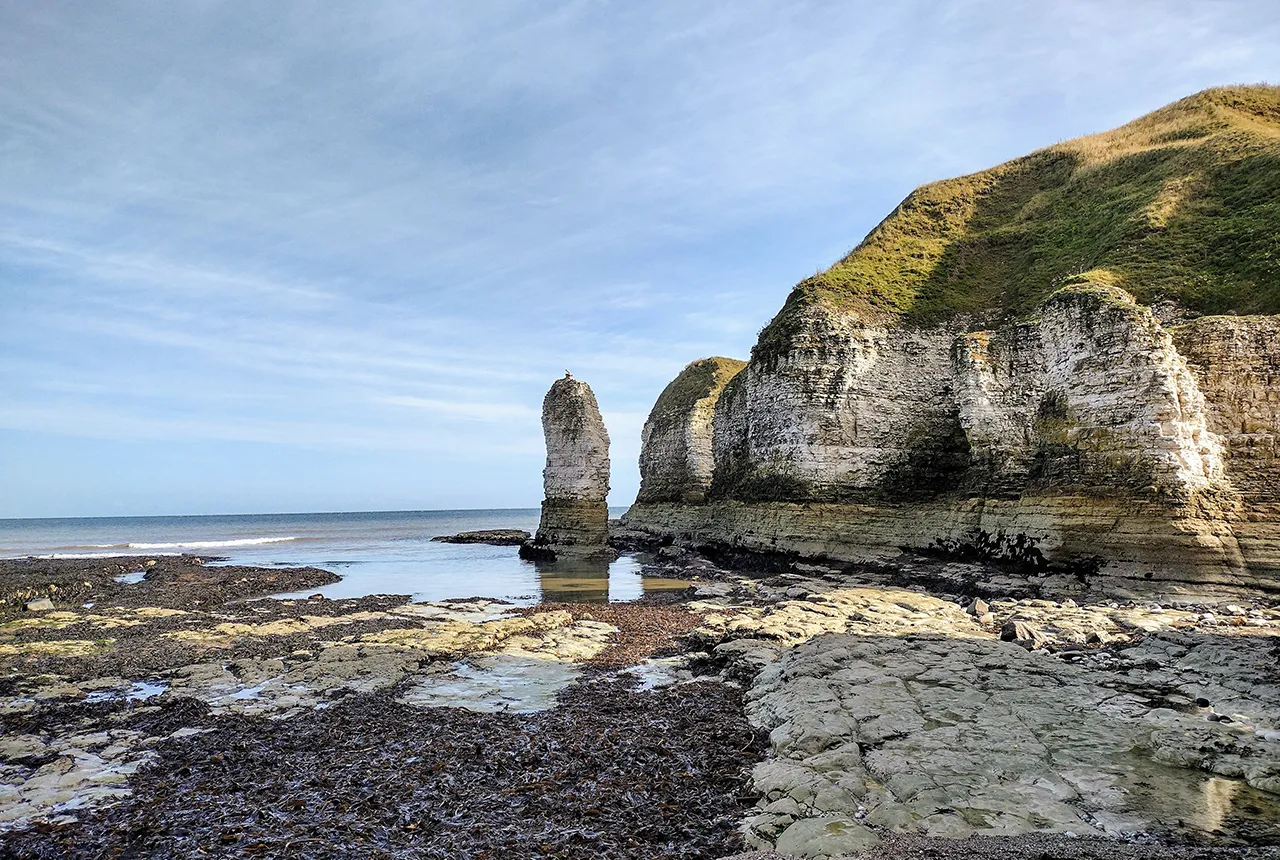
New geological maps of the Yorkshire Wolds to better inform groundwater management and policy decisions
17/12/2025
The new mapping provides crucial data on localised geological issues that may assist in protecting water supplies.
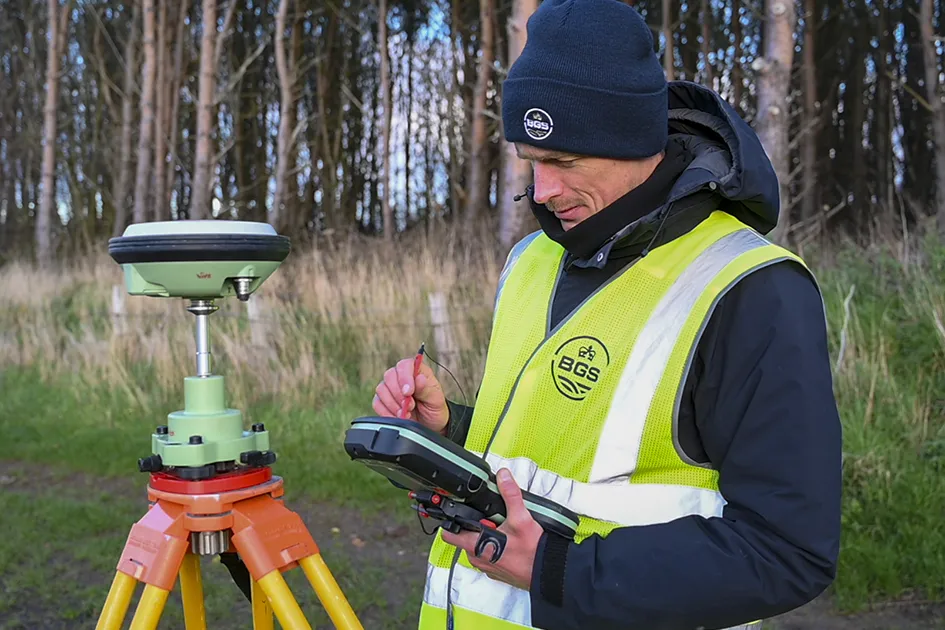
‘Three norths’ set to leave England and not return for hundreds of years
12/12/2025
The historic alignment of true, magnetic, and grid north is set to leave England, three years after they combined in the country for the first time since records began.

BGS agrees to establish collaboration framework with Ukrainian government
11/12/2025
The partnership will focus on joint research and data exchange opportunities with Ukrainian colleagues.
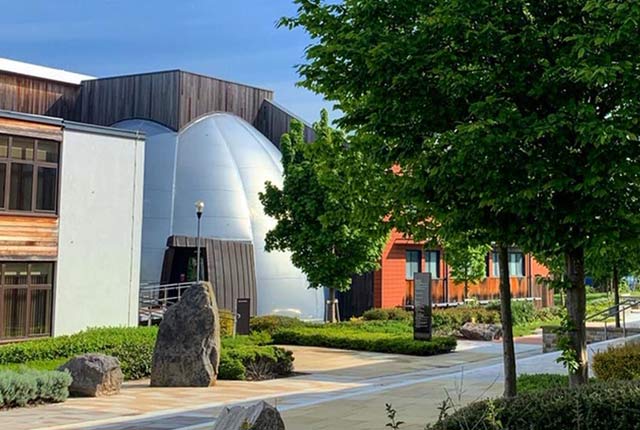
Making research matter: BGS joins leading research organisations in new national initiative
10/12/2025
A new alliance of 35 organisations has been formed that is dedicated to advancing science for the benefit of people, communities, the economy and national priorities.

New 3D model to help mitigate groundwater flooding
08/12/2025
BGS has released a 3D geological model of Gateshead to enhance understanding of groundwater and improve the response to flooding.
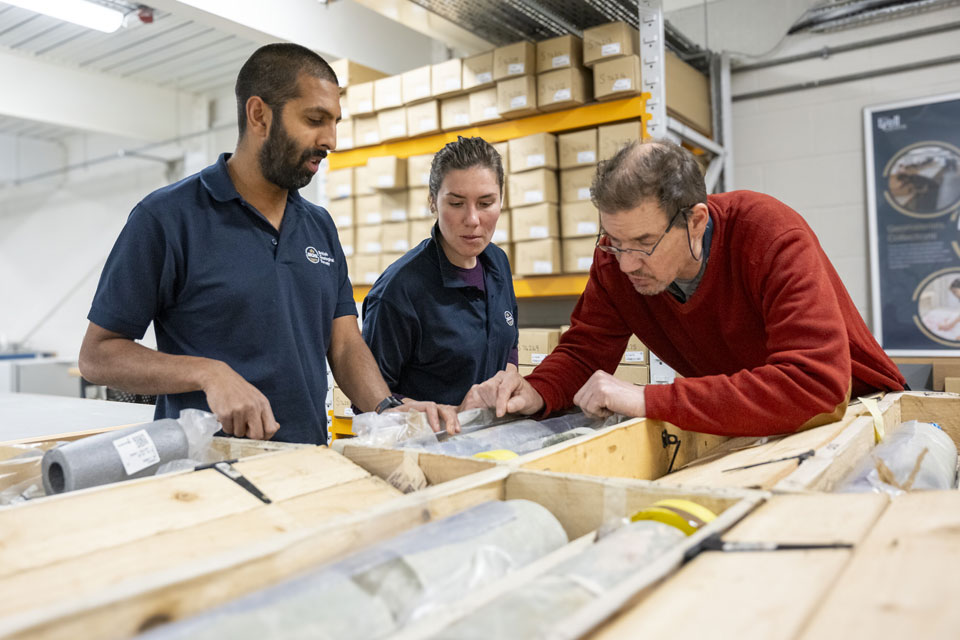
Scientists gain access to ‘once in a lifetime’ core from Great Glen Fault
01/12/2025
The geological core provides a cross-section through the UK’s largest fault zone, offering a rare insight into the formation of the Scottish Highlands.
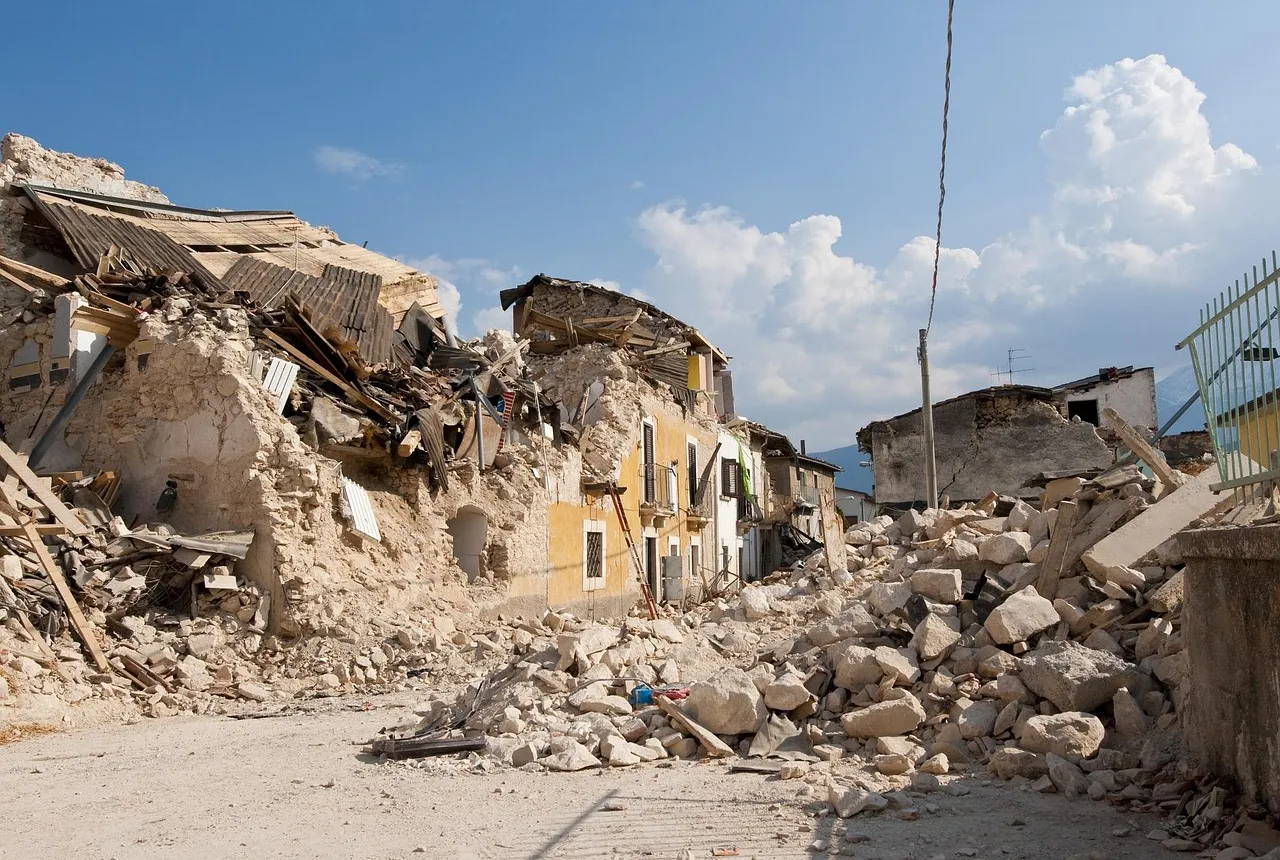
New research shows artificial intelligence earthquake tools forecast aftershock risk in seconds
25/11/2025
Researchers from BGS and the universities of Edinburgh and Padua created the forecasting tools, which were trained on real earthquakes around the world.

BGS welcomes publication of the UK Critical Minerals Strategy
23/11/2025
A clear strategic vision for the UK is crucial to secure the country’s long-term critical mineral supply chains and drive forward the Government’s economic growth agenda.
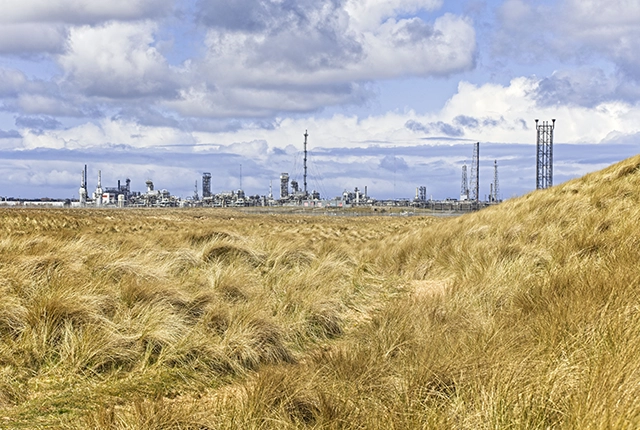
New funding awarded for UK geological storage research
21/11/2025
A project that aims to investigate the UK’s subsurface resource to support net zero has been awarded funding and is due to begin its research.
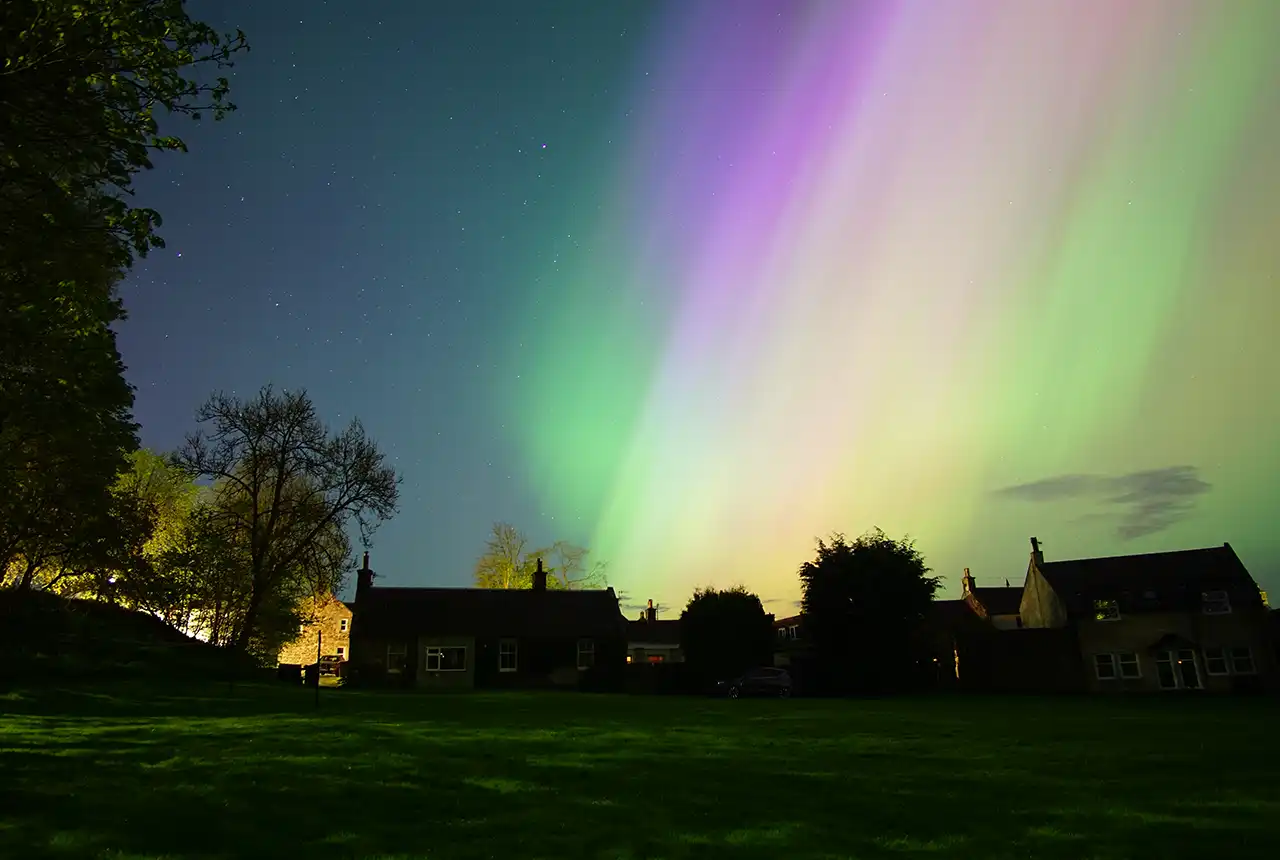
UK braced for what could be the largest solar storm in over two decades
12/11/2025
Intense geomagnetic activity could disrupt technology such as communication systems, global positioning systems and satellite orbits.
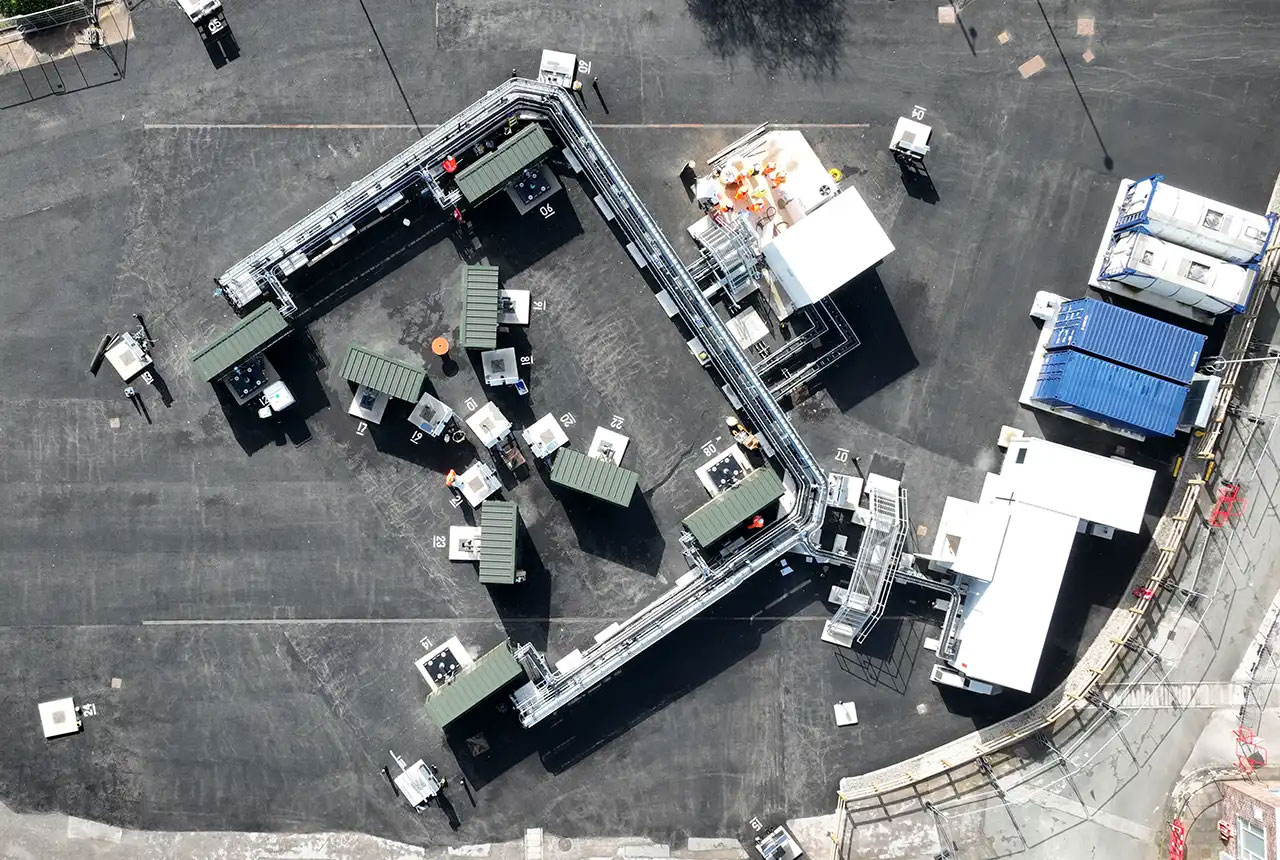
First distributed acoustic sensing survey completed at UK Geoenergy Observatory
12/11/2025
New research at the Cheshire Observatory has shown the potential for mapping thermal changes in the subsurface using sound waves.




